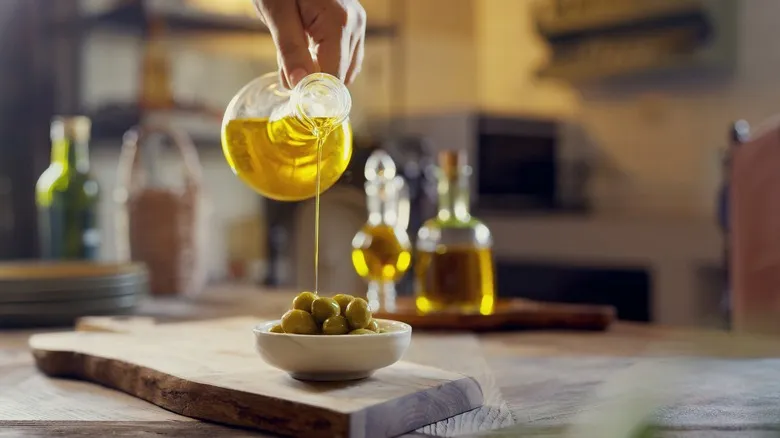What makes California olive oil special?

While the Golden State may not yet rival the leading olive oil producers in Europe, it is steadily making its mark in the industry, having tripled its output over the last few decades. California is vast, covering an impressive 163,696 square miles, which contributes to the diverse flavor profiles of its olive oils. Some oils are light in both taste and color, featuring fruity or nutty notes, while others present a more robust flavor, often with peppery or buttery characteristics. The flavor variations depend on factors such as the olives' growing location, the timing of the harvest, and the specific cultivars used, with popular varieties including Sevillano, Arbequina, Maurino, Leccino, and Picual.
The California Olive Oil Council (COOC) reports that there are over 400 olive oil producers in the state, with California Olive Ranch being the largest in the nation. Additionally, more than 75 different olive varieties are grown in California.
What's the secret behind Spain's olive oil?
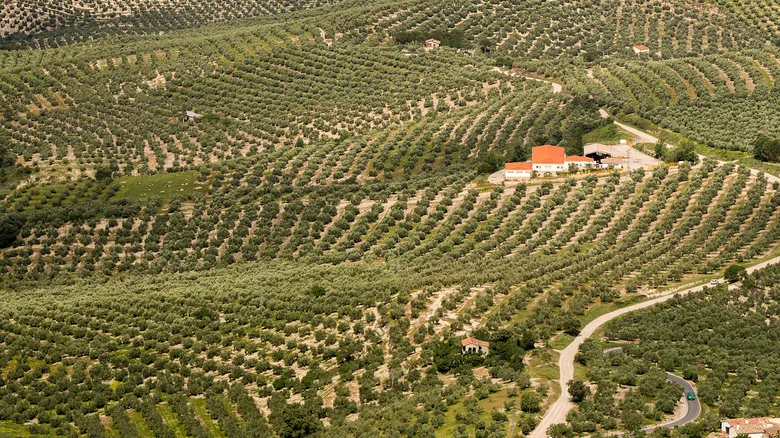
The Spanish take their olive oil very seriously. In fact, they are so dedicated to it that they account for nearly half of the global olive oil production and export around 46% of it, according to Food and Wines from Spain. This firmly establishes the country as the leading producer in the world. It's no surprise, given that the tradition of olive oil dates back to Roman times.
In addition to their advanced technology and rich history, this sun-soaked Mediterranean nation benefits from favorable geography. Its mild winters and long, hot summers provide the perfect conditions for olive trees to flourish. Over 350 million olive trees are cultivated throughout the country, from the mountainous regions in the north to the Andalusian plains in the southeast.
Spanish olive oils are particularly recognized for their vibrant golden yellow hue. Their fruity and nutty flavors are expertly balanced with peppery undertones and a subtle bitterness. This robust profile makes them perfect for enhancing hearty dishes, such as our easy beef stew and various meat recipes.
What's so unique about Italian olive oil?

While Italy may not produce as much olive oil as Spain, it boasts over 500 olive varieties and around 250 million olive trees. Italians are so passionate about their olive trees that some have survived for more than 4,000 years. Additionally, olive groves can be found in 18 of Italy's 20 regions, and this varied landscape contributes to the unique flavors of their oils.
In the northern regions, the oils are delicate and mild, while the central areas produce bolder, grassier varieties. The southern regions, particularly Puglia and Calabria—where the USDA Foreign Agricultural Service reported that 68% of Italy's olive oil production occurred in 2016/2017—offer drier and more herbal flavors. A fundamental element of Italian cuisine and culture, Italian olive oil is easily recognizable by its rich green hue. According to Taylor Hester, executive chef of Roscioli NYC, it is the key ingredient for elevating simple pasta dishes.
How Greek olive oil stands out
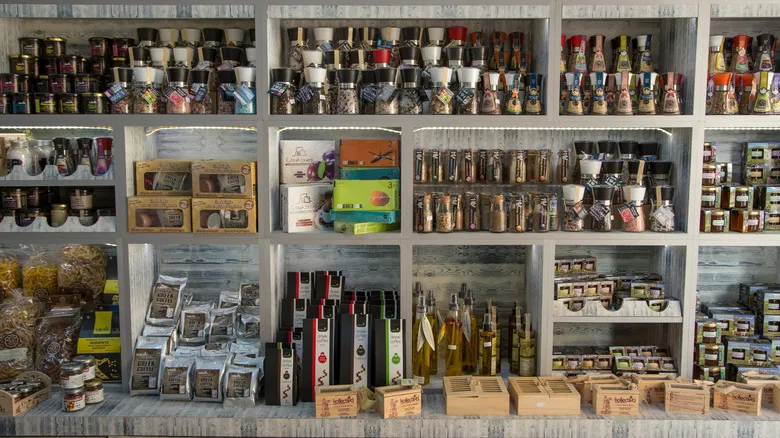
Few cultures have valued olives as deeply as the ancient Greeks, who even imposed the death penalty on those who dared to fell an olive tree. While such measures are no longer in place, modern Greeks remain fervent about olives, producing approximately 15% of the world's olive oil supply. According to Greek Reporter, around 80% of this oil is classified as high-quality extra virgin olive oil.
Greek olive oil is celebrated for its vibrant green hue and its grassy, fruity taste. It features a robust aroma and a subtly bitter finish. How can you best utilize it? Drizzle it over a generous slice of feta cheese and sprinkle with oregano, or create a flavorful marinade that will tenderize any meat.
By the way, did you know that Greeks are true aficionados of olive oil? The North American Olive Association reports that they consume over 6 gallons per person each year. Yamas!
Recommended
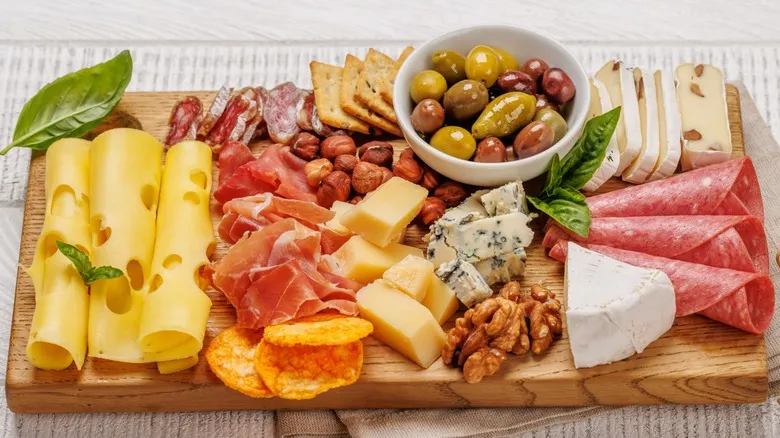
What Makes Antipasto Different From Charcuterie?

The First Fast Food French Fries Didn't Come From McDonald's

How Biscuits And Gravy Became The Historic Breakfast Of Appalachia
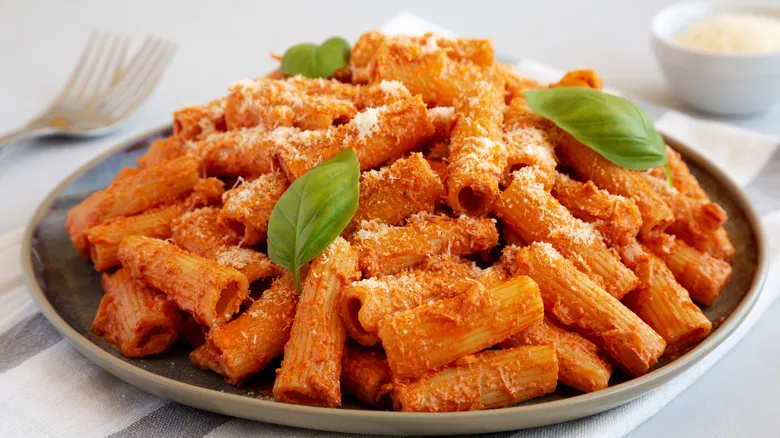
The Mysterious Origins Of Vodka Pasta Sauce
Next up

